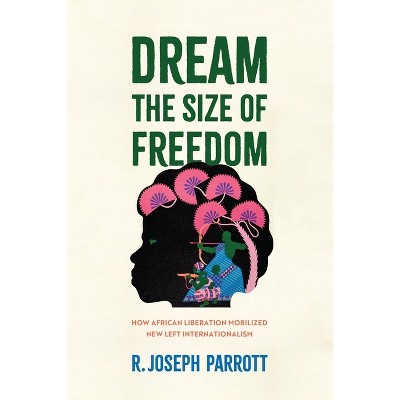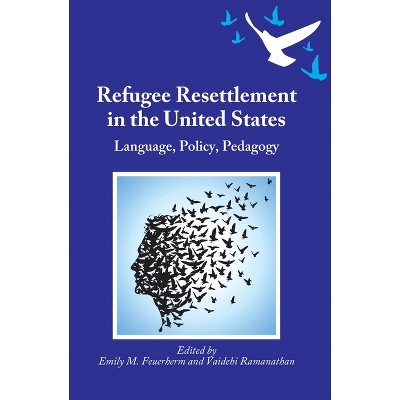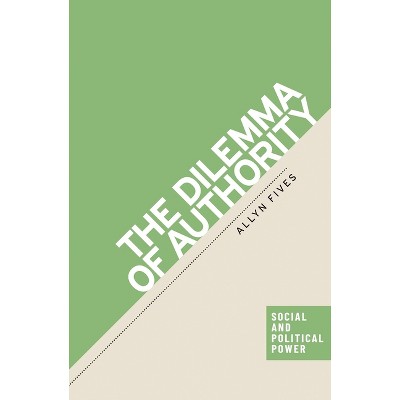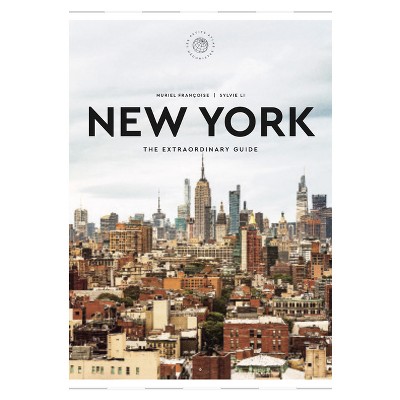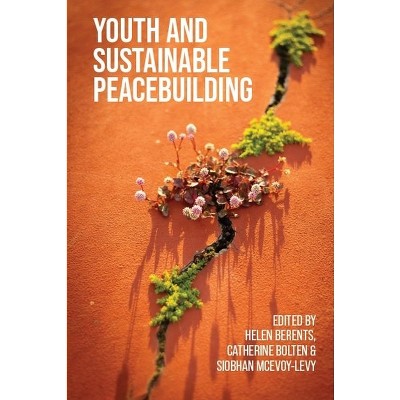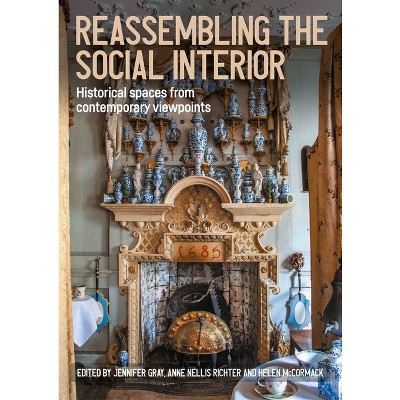Sponsored

Humanitarian Handicraft - (Humanitarianism: Key Debates and New Approaches) by Rebecca Gill & Claire Barber & Helen Dampier & Bertrand Taithe
In Stock
Sponsored
About this item
Highlights
- This book uncovers the overlooked history of artisanal textiles in projects aimed at social uplift and moral reform.
- About the Author: Claire Barber is Senior Lecturer in Textiles at the University of HuddersfieldHelen Dampier is Reader in Social and Cultural History at Leeds Beckett UniversityRebecca Gill is Reader in Modern History at the University of HuddersfieldBertrand Taithe is Professor of History at the Humanitarian and Conflict Response Institute, University of Manchester
- 304 Pages
- Political Science, International Relations
- Series Name: Humanitarianism: Key Debates and New Approaches
Description
About the Book
This book explores the neglected history of textile crafts in projects of social and moral reform and considers how historical processes have become materialised in contemporary humanitarian craft-work.Book Synopsis
This book uncovers the overlooked history of artisanal textiles in projects aimed at social uplift and moral reform. The contributors ask what the implications of this form of gendered craft production are for our understanding of the humanitarian imagination, relations of humanitarian production and the generation of meaning and social and artistic value. It also opens a dialogue with contemporary socially-engaged textile artists to engender critical reflection on the socially-situated meaning of textile craft in past and present humanitarian contexts.From the Back Cover
Handcrafted textiles hold a central place in humanitarian aesthetics, ethics, and campaigning, from Oxfam projects to refugee workshops. These crafts evoke images of creativity and resilience but also stand as symbols of labour exploitation. Textile production, particularly in piecework and 'sweated industries', has long been a site of protest against poor pay, exploitation, and the erosion of traditional skills. Despite this dual significance, the history of philanthropic interventions in textile craft remains underexplored.
This book delves into the intricate connections between craft, labour, and humanitarianism, examining the historical role of textiles in European and imperial humanitarian efforts. Through a series of case studies, it explores how philanthropic organisations and individuals have engaged with handicrafts to address social and economic challenges. Crucially, the book interrogates the complexities of humanitarian craftwork, balancing narratives of empowerment with critical analyses of control, agency, and commodification. Engaging with contemporary socially-engaged textile artists, the contributors reflect on how knowledge of craft practice can reshape historical understandings of humanitarianism. In doing so, it bridges past and present, showing how historical processes become materialised in modern craftwork. This is an essential contribution to the history of labour, material culture, and humanitarian practice, offering fresh perspectives on the intersections of craft and care.About the Author
Claire Barber is Senior Lecturer in Textiles at the University of Huddersfield
Helen Dampier is Reader in Social and Cultural History at Leeds Beckett University
Rebecca Gill is Reader in Modern History at the University of Huddersfield
Bertrand Taithe is Professor of History at the Humanitarian and Conflict Response Institute, University of Manchester
Shipping details
Return details
Frequently bought together

Guests also viewed



